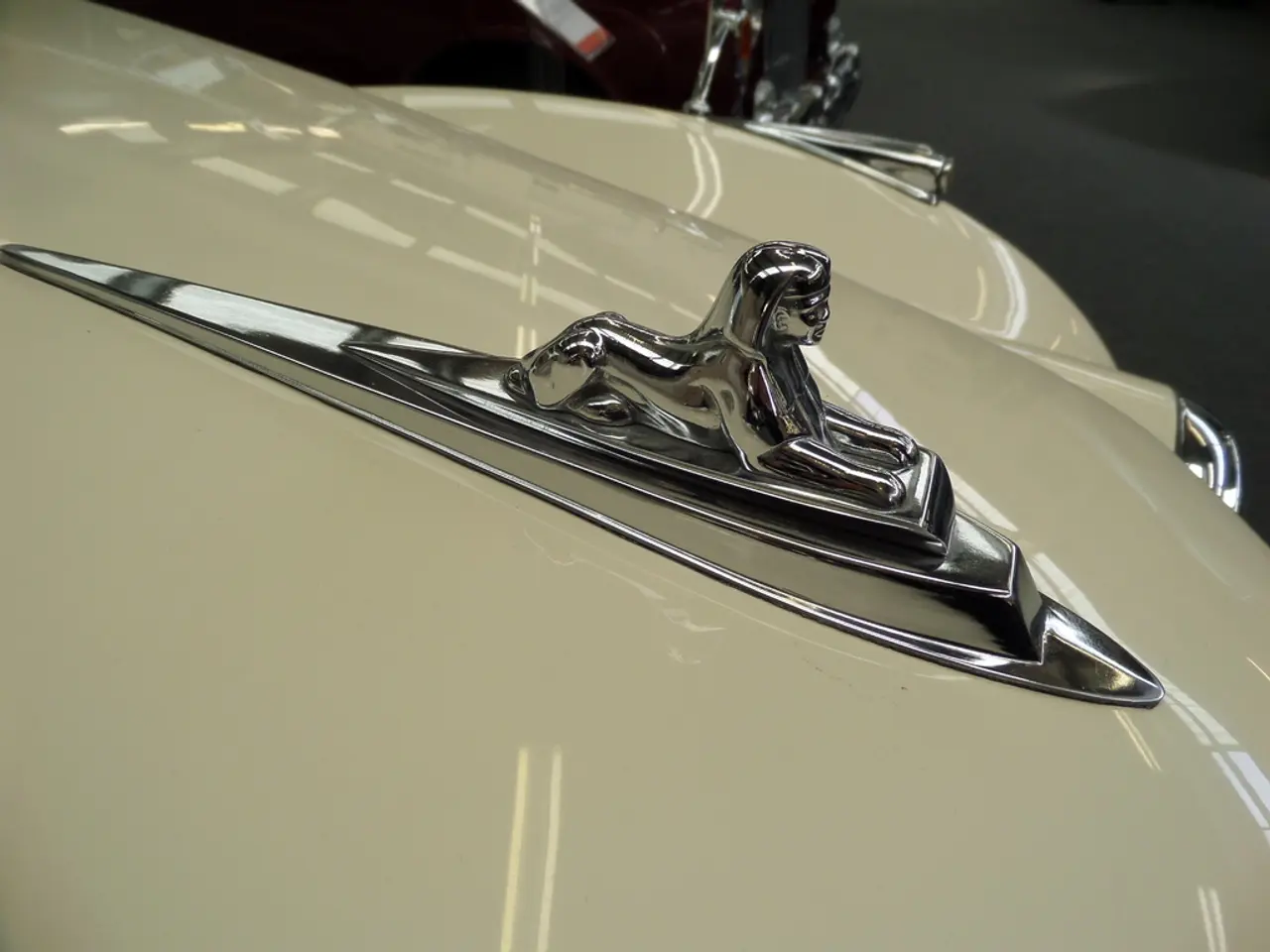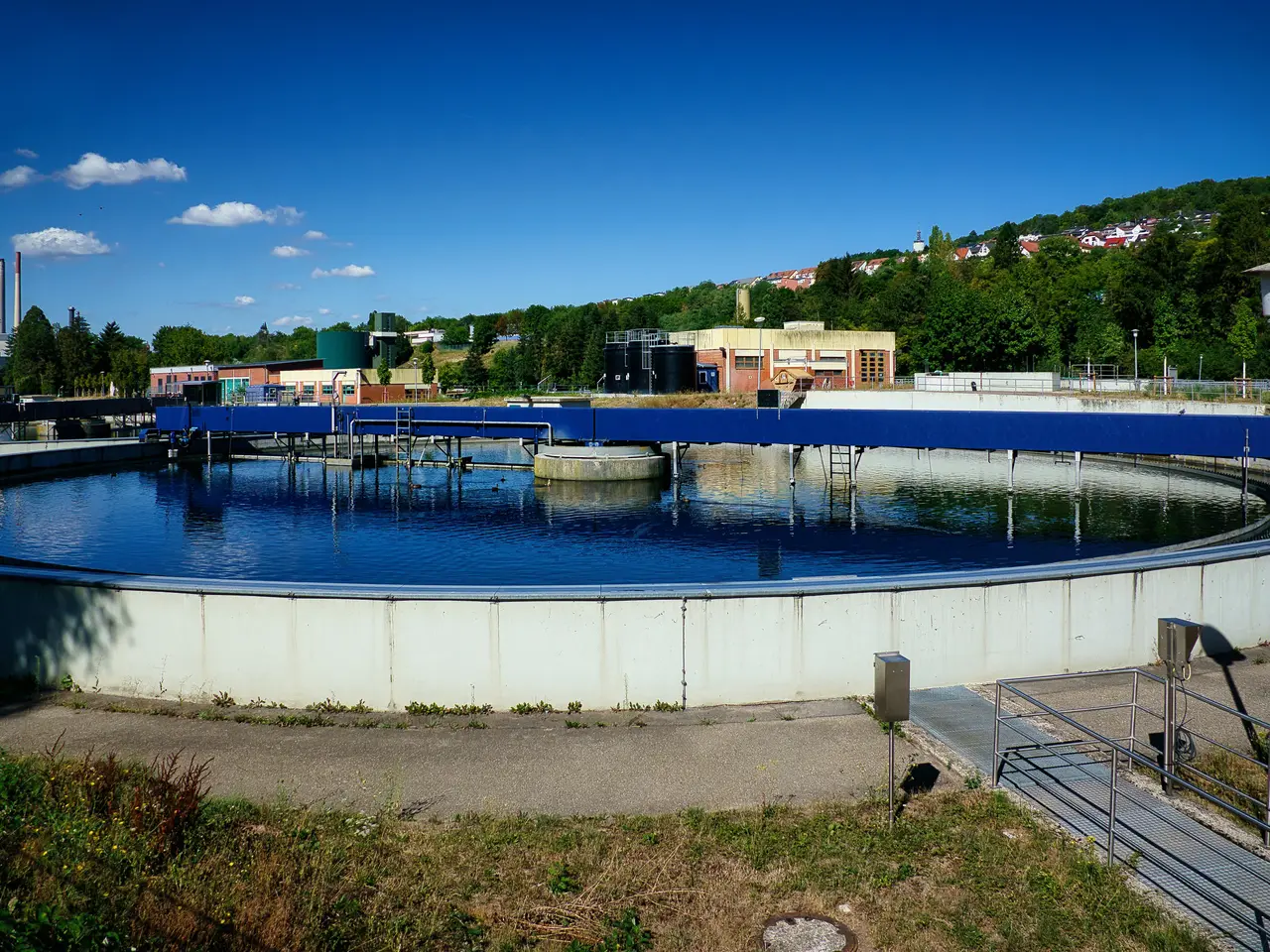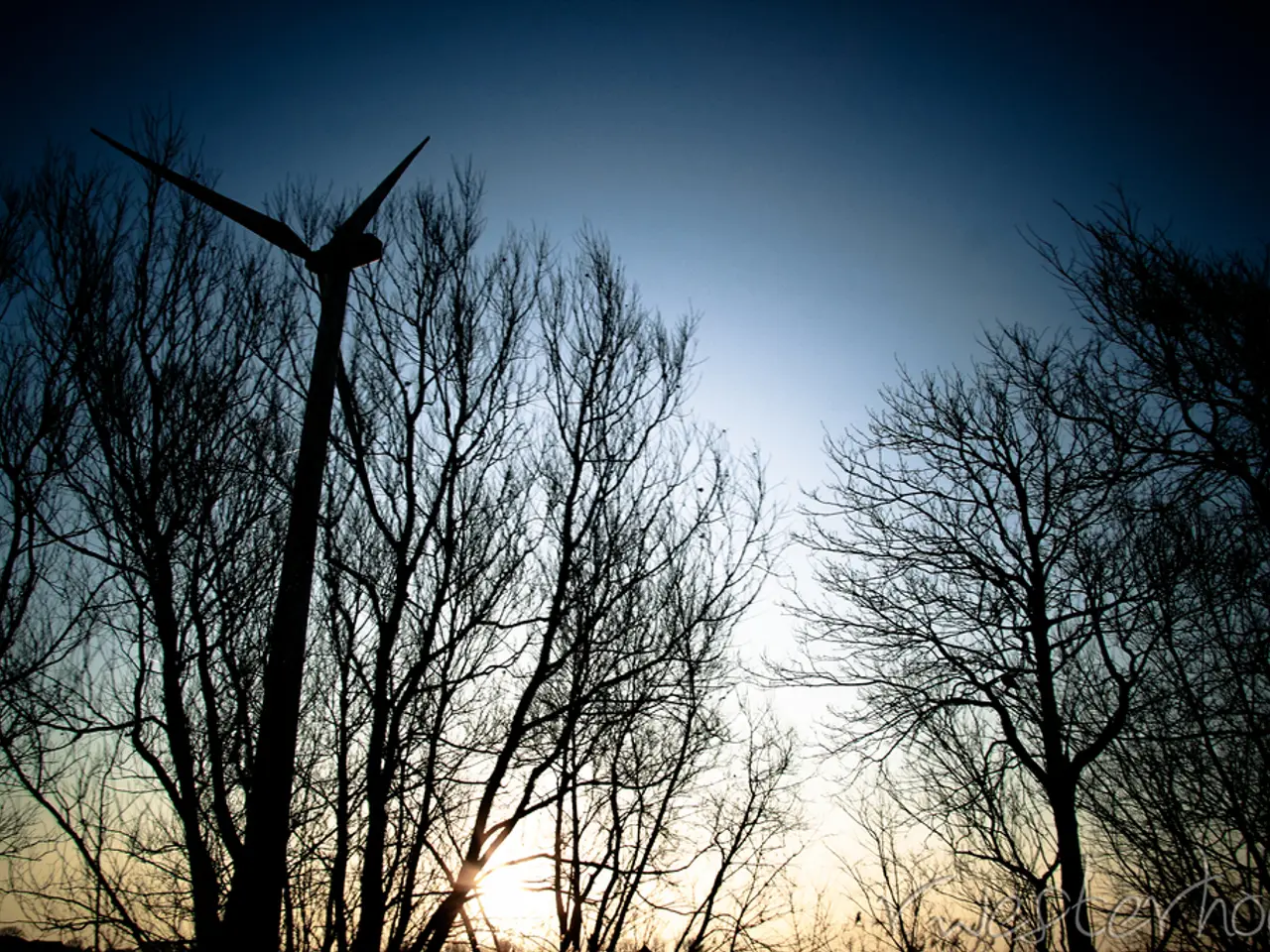U.S. Automaker Cadillac may experience a resurgence amidst a period focusing on domestic vehicle brands.
In a shift from its initial commitment, Cadillac, the American luxury car brand, is no longer firmly committed to becoming a fully electric vehicle (BEV) luxury brand by 2030. This adjustment in strategy, confirmed by Cadillac Global Vice President John Roth in July 2025, reflects the company's cautious approach to the rapidly evolving electric vehicle market.
While Cadillac's Escalade, a key luxury SUV in its portfolio, will continue to be produced at GM’s Orion Assembly plant starting in early 2027, it will be built only with internal combustion engines (ICE). The production of electric versions at Orion has been postponed due to slower-than-expected demand for electric vehicles and a strategic focus on high-demand, high-margin gas-powered trucks. However, Orion will still produce battery modules to support EV manufacturing at other GM facilities, such as Detroit’s Factory Zero.
Cadillac's move towards electric vehicles is not entirely abandoned. The brand is investing in ultra-luxury electric vehicles, as exemplified by the launch of the Celestiq, a premium electric sedan priced around $350,000. This move positions Cadillac as a luxury innovator in the EV space.
In terms of market conquesting, Cadillac is adopting a balanced approach. The brand is capitalising on current gas vehicle demand while gradually expanding its luxury BEV lineup. This strategy allows Cadillac to maintain its market position while adapting to the growing demand for electric vehicles.
Cadillac's new BEVs are attracting more buyers under 50 than most of its ICE vehicles have, indicating a successful transition towards electric vehicles. The brand's sales in the first half of 2025 in the U.S. are up 16% to 86,100, with most of the new models released by Cadillac in 2025 being BEVs.
Despite the potential phaseout of the federal EV tax incentive, Cadillac remains confident in its BEV sales and aims to be the top-selling BEV company in the premium/luxury segment by 2030. The brand is on pace for 172,000 sales at year-end as its BEV sales get traction, compared with the same period in 2024.
The regulatory environment facing other automakers could be beneficial for Cadillac to maintain its traction. Only one Cadillac model, the Optiq, is made in Mexico, potentially vulnerable to tariffs. However, tariffs may have a greater impact on foreign rivals of Cadillac, potentially driving buyers away from European and Asian brands towards Cadillac.
In conclusion, Cadillac's strategy reflects its adaptation to evolving market conditions and consumer demand, aiming for leadership in luxury BEVs but through a more measured timeline than previously announced. The brand's balanced approach allows it to capitalise on current gas vehicle demand while incrementally building its BEV range and maintaining its prestige in the luxury EV market.
- Cadillac's Vice President John Roth confirmed in July 2025 that the company is adopting a cautious approach towards the rapidly evolving electric vehicle market, even though it is no longer firmly committed to becoming a fully electric vehicle luxury brand by 2030.
- While Cadillac's Escalade will continue to be built at GM’s Orion Assembly plant with internal combustion engines, the brand is investing in ultra-luxury electric vehicles, such as the Celestiq, a premium electric sedan priced around $350,000.
- Despite the potential phaseout of the federal EV tax incentive, Cadillac remains confident in its BEV sales and aims to be the top-selling BEV company in the premium/luxury segment by 2030.
- The regulatory environment facing other automakers could be beneficial for Cadillac, as only one Cadillac model, the Optiq, is made in Mexico, which could potentially leave foreign rivals vulnerable to tariffs, potentially driving buyers towards Cadillac.




